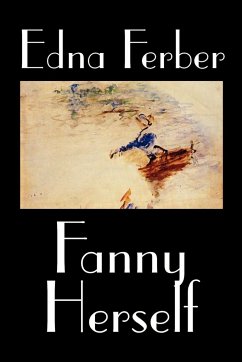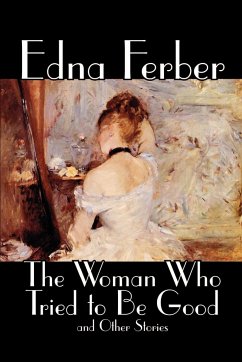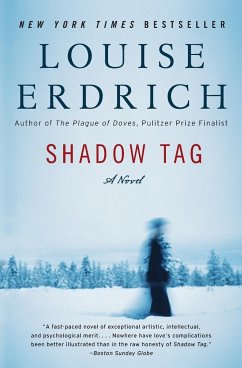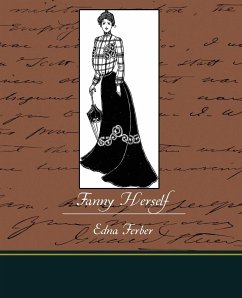
Fanny Herself by Edna Ferber, Fiction
Versandkostenfrei!
Versandfertig in 1-2 Wochen
19,99 €
inkl. MwSt.

PAYBACK Punkte
10 °P sammeln!
Now we are led, protesting, up to a grubby urchin of five and are invited to watch him through twenty years of intimate minutiae. In extreme cases we have been obliged to witness his evolution from swaddling clothes to dresses, from dresses to shorts (he is so often English), from shorts to Etons. With which modest preamble you are asked to be patient with Miss Fanny Brandeis, aged thirteen. Not only must you suffer Fanny, but Fanny's mother as well, without whom there could be no understanding Fanny. For that matter, we shouldn't wonder if Mrs. Brandeis were to turn out the heroine in the end...
Now we are led, protesting, up to a grubby urchin of five and are invited to watch him through twenty years of intimate minutiae. In extreme cases we have been obliged to witness his evolution from swaddling clothes to dresses, from dresses to shorts (he is so often English), from shorts to Etons. With which modest preamble you are asked to be patient with Miss Fanny Brandeis, aged thirteen. Not only must you suffer Fanny, but Fanny's mother as well, without whom there could be no understanding Fanny. For that matter, we shouldn't wonder if Mrs. Brandeis were to turn out the heroine in the end. She is that kind of person.














